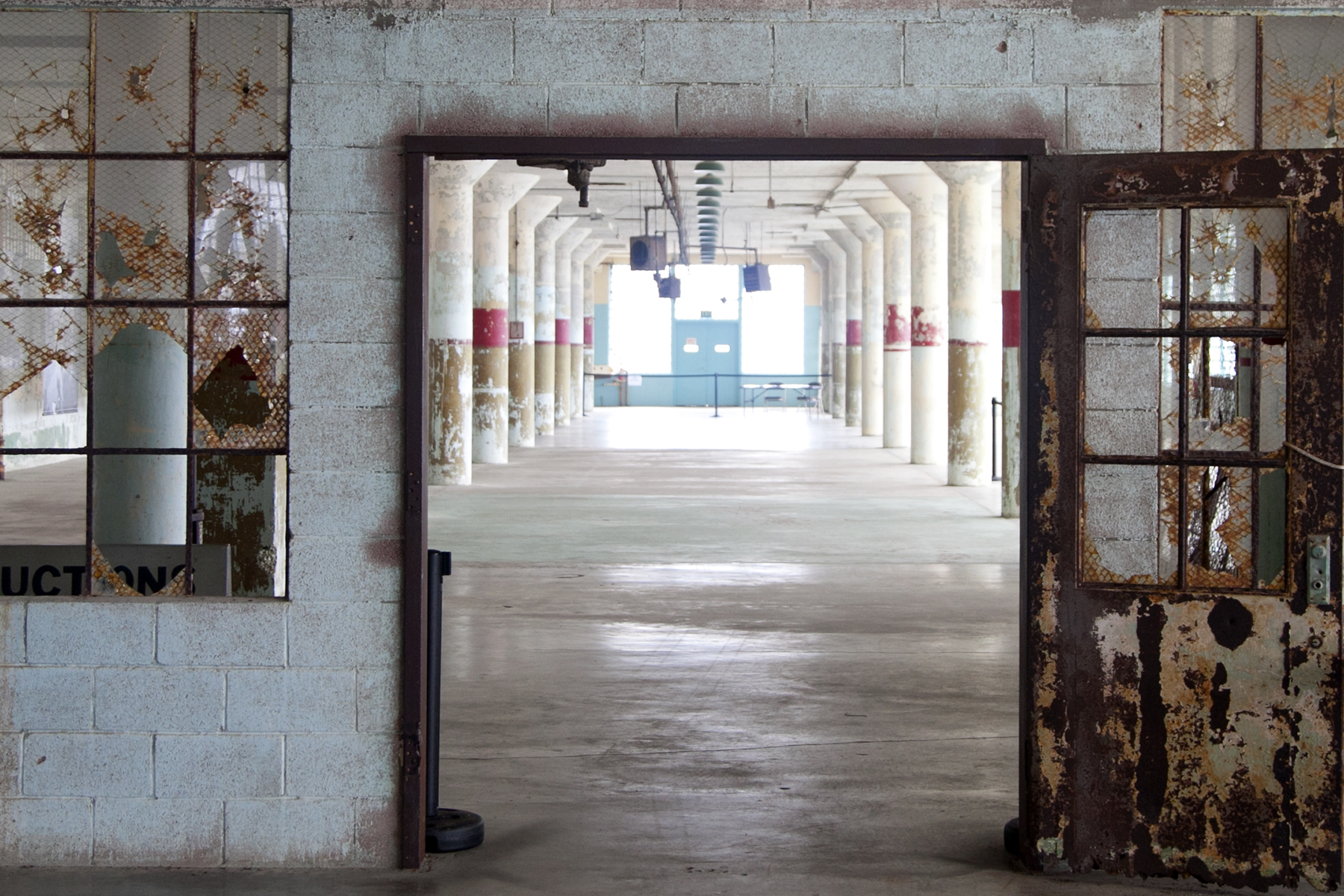Why Singapore Is Way More Than Just A Stopover
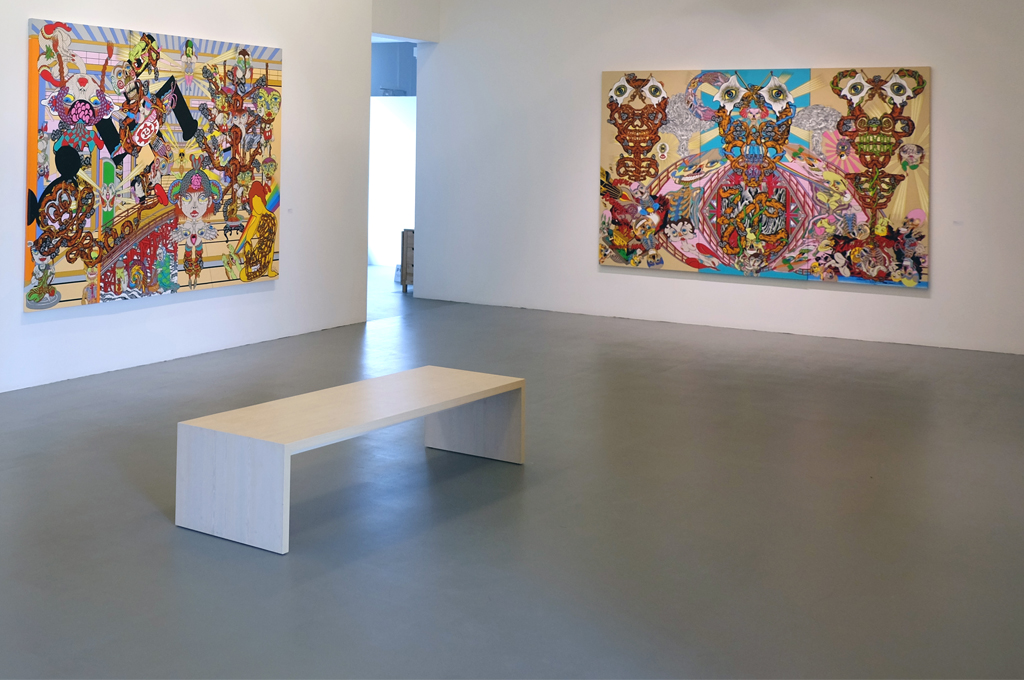
Sara Savage is a freelance writer, editor, broadcaster and jack-of-a-small-handful-of-trades…
When Singapore topped Lonely Planet’s “Best in Travel” list for 2015 earlier this year, it’s fair to say that social media across the board let out a collective “huh?!”
The “Little Red Dot” off the tip of the Malay Peninsula is sometimes considered by many to be nothing more than a stopover on the way to or from other destinations in the “real” Asia. And while much of Singapore’s most prided tourist attractions are truly overhyped (why does every country insist on having a giant ferris wheel?), there’s plenty to do and see during a longer stay. Here’s our guide to just a few of your options.
Get among some art
While the new National Gallery Singapore prepares to unveil in late 2015, many of the country’s smaller galleries continue to strengthen its burgeoning arts scene and put Singapore on the map in the international art world.
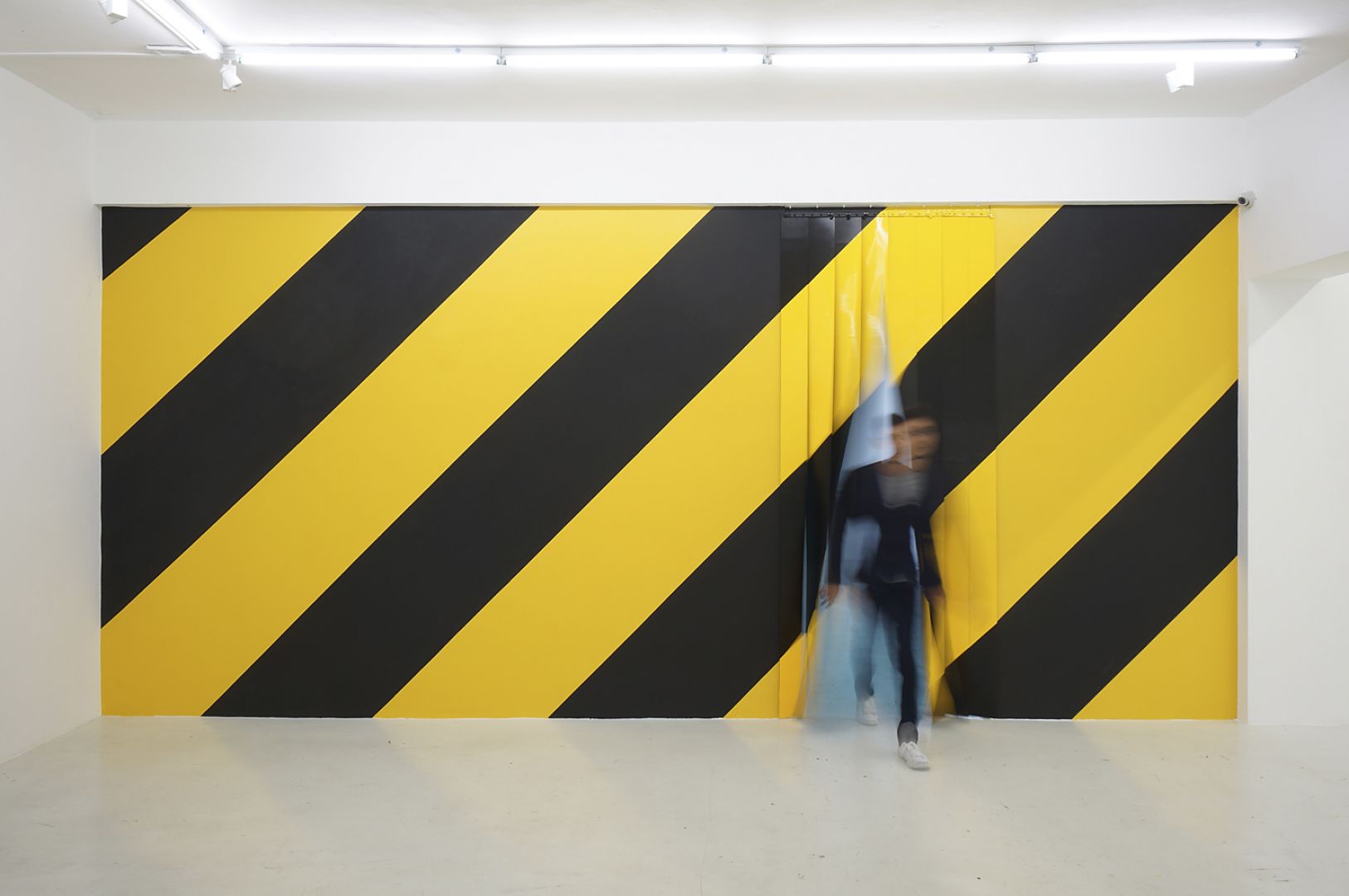
Formerly a military camp in World War Two, the Gillman Barracks contemporary art cluster houses 17 international art galleries, as well as the Centre for Contemporary Art (CCA). Check out Future Perfect for works from Asia and Australia, Yavuz Gallery for boundary-pushing art from around the region, and Japanese gallery Ota Fine Arts for artwork from Japan and beyond (fun fact: OFA hosted Yayoi Kusama’s first solo show in Singapore in 2012).
Elsewhere, multi-purpose arts venue The Substation is a staple for experimental art from Singapore, while Kult flies the flag for street artists, illustrators and multi-disciplinary artists.
Visit one of Singapore’s “hidden” bars
If commercial house music and guys who pose with tigers on Tinder are your thing, head on over to any of Singapore’s heaving nightclubs (Zouk; Attica; Bang Bang) to wriggle among a sweaty sea of strangers. But if you’re after a comparatively quiet drink in a tucked-away, speakeasy-like setting, Singapore is seeing an increasing number of hole-in-the-wall bars popping up in many of its nooks and crannies.
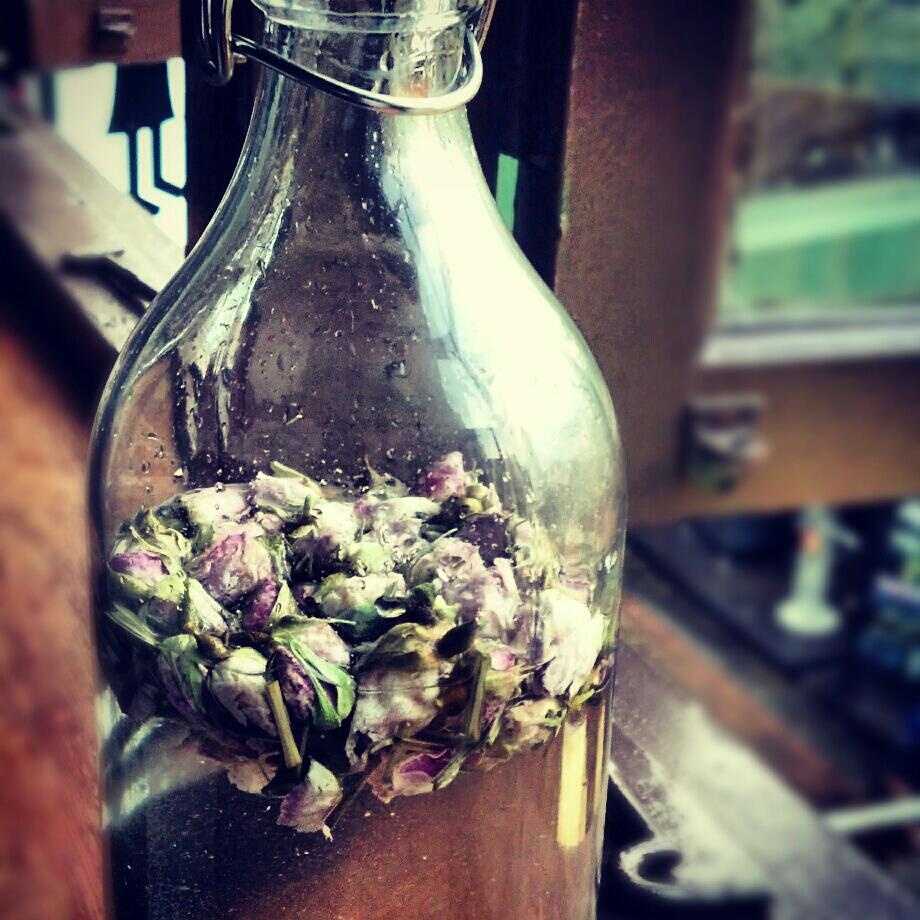
Though it’s barely a secret anymore, password-protected bar The Library is a must-visit for cocktail aficionados. Find the not-so-secret password on its Facebook page each week or ask someone from the restaurant next door. Elsewhere, The Spiffy Dapper takes over the second floor of a Boat Quay shophouse to deliver nicely priced brews and cocktails (by Singapore standards, anyway) in a laid-back atmosphere, while Operation Dagger is tucked away in the basement of Club Street’s Oxwell & Co, serving up creative concoctions under a ceiling installation made up of 6000 light bulbs.
Venture beyond the tourist-trap food outlets
Singapore is known for its hawker centres – that is, food centres made up of a number of stalls selling inexpensive food from the region. While guide books will tell you to visit the likes of Newton Circus or the newly refurbished Lau Pa Sat, these tourist magnets tend to be a bit of a waste of time and better local fare can be found elsewhere on the island. Don’t just stick to chicken rice (as good as it is) – venture further afield and try the laksa at Jin Shui Kopitiam on Jalan Berseh, lovingly cooked over a charcoal fire and a steal at only $1.80AUD; the chwee kueh (steamed rice cake topped with preserved radish, popular for breakfast or lunch) at the Jian Bo Shui Kueh stall at Tiong Bahru Market; or the popiah (fresh spring roll filled with veggies and other goodies, accompanied with a sweet sauce and chilli) at Joo Chiat Popiah in Singapore’s east.
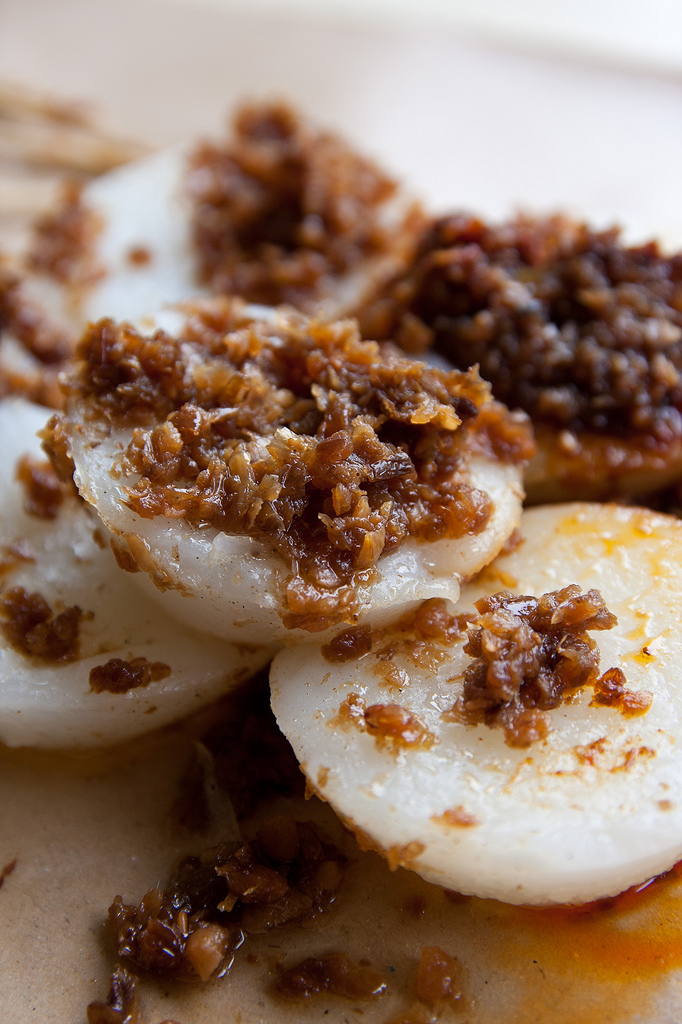
Pro tip: At busier hawker centres in Singapore, customers will often chope (reserve) their places by putting a small packet of tissues on their seats. You can do the same – there’s usually a tissue “auntie” or “uncle” nearby who will sell you a few packets for as little as 90 cents (though a tip never goes amiss).
Forget the museums – go crate-digging for a real history lesson
You don’t have to be a vinyl junkie to appreciate Red Point Record Warehouse, a record store buried in the sixth storey of an old factory in Singapore’s northeast. Run for over a decade by its knowledgeable owner Mr Ong (who works during the week as a carpenter – the record store is only open from Friday to Monday), Red Point houses 70,000-odd records from all over the world, but specialises in sounds from the region – from Singaporean pop from the ’60s to ’70s Taiwanese disco, garage rock from Malaysia and more. Mr Ong is used to keen crate-diggers spending the better part of a day in the shop, and is often kind enough to offer water to those who stay glued to the listening stations for hours.
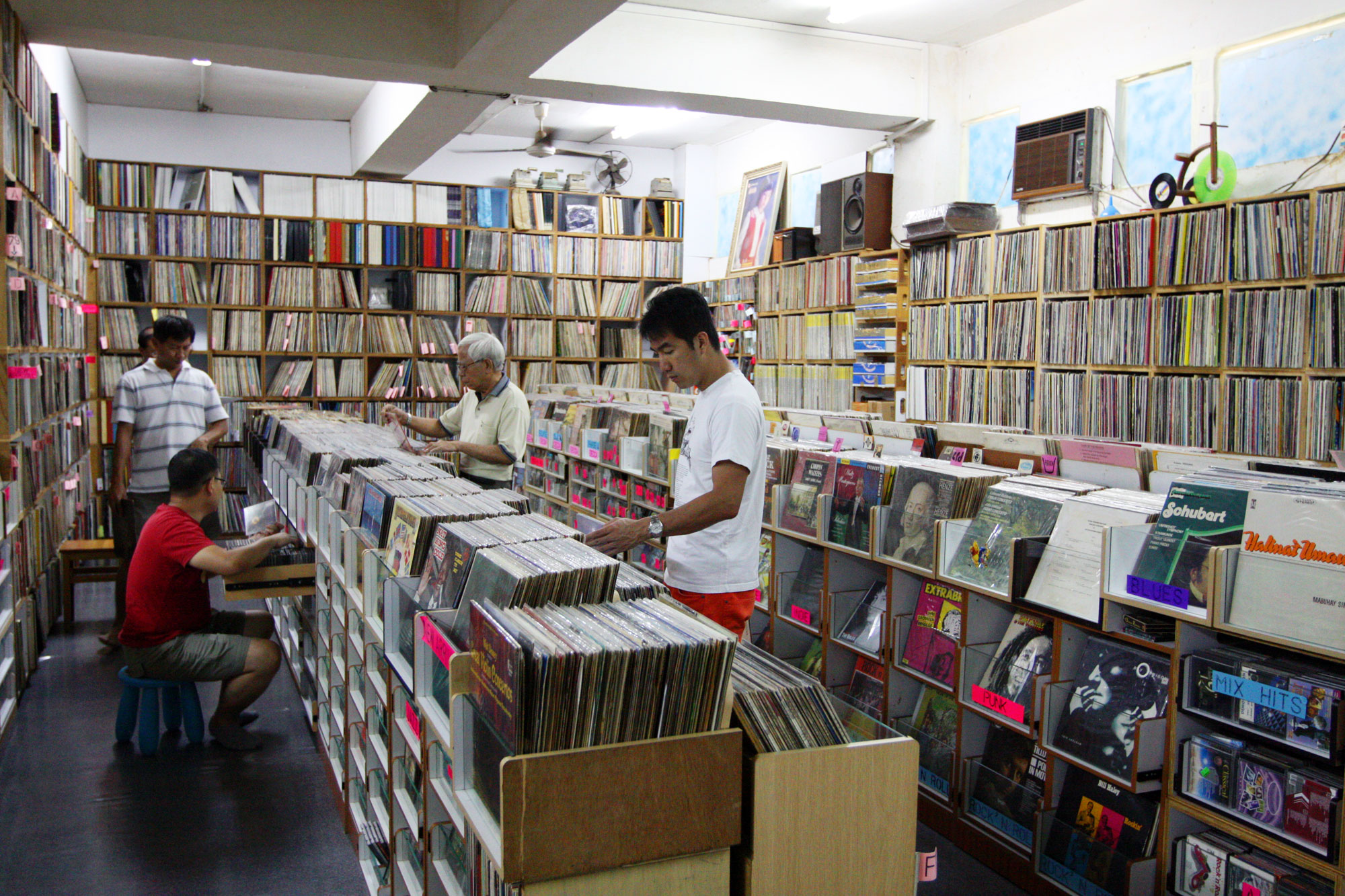
Note: Visiting Red Point Record Warehouse is much like visiting someone’s home in Singapore – footwear must be removed at the door. Show your respect by following the rules.
Experience Singapore’s pockets of nature
Sure, the Singapore Botanic Gardens are worth visiting and Gardens by the Bay is a 54-hectare ostentation of giant illuminated “supertrees” and an indoor “cloud forest”, but these aren’t the only places to find greenery amid Singapore’s predominantly urban landscape.
In the northwestern suburb of Kranji lies Bollywood Veggies, a ten-acre farm with plenty of locally grown, planet-friendly vegetables (a rarity in Singapore, which imports most of its fresh produce), not to mention 20 different types of bananas. Whether you’re looking to buy fresh veggies or not, a day trip to Bollywood Veggies is worth it just for the serenity. Finish off the visit with a meal at the Poison Ivy Bistro, named after Bollywood Veggies’s co-founder and all-around legend Ivy Singh-Lim.
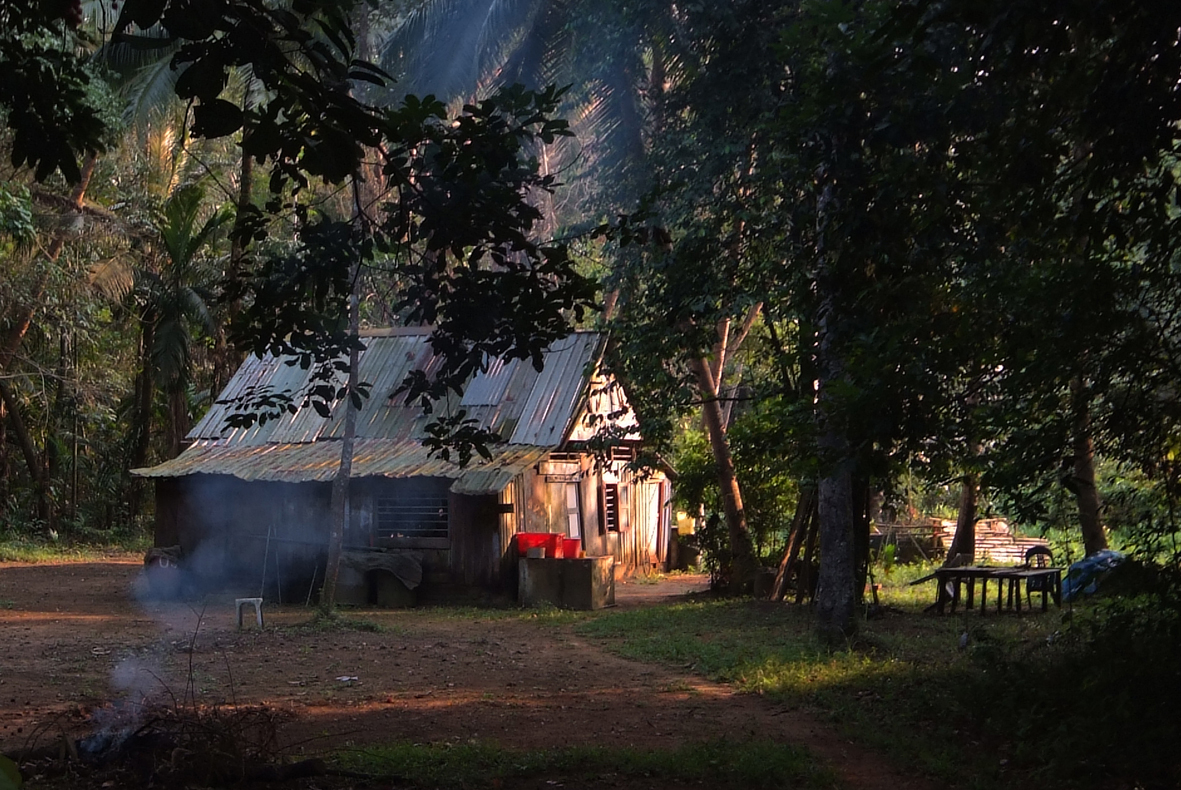
Meanwhile, just off the country’s northeastern coast lies the Singapore-owned island of Pulau Ubin – well worth a day trip. Literally meaning “Granite Island” in Malay, the island’s history of granite mining is largely concealed by forest and grasslands, with a few abandoned granite quarries reminding visitors of the area’s past.
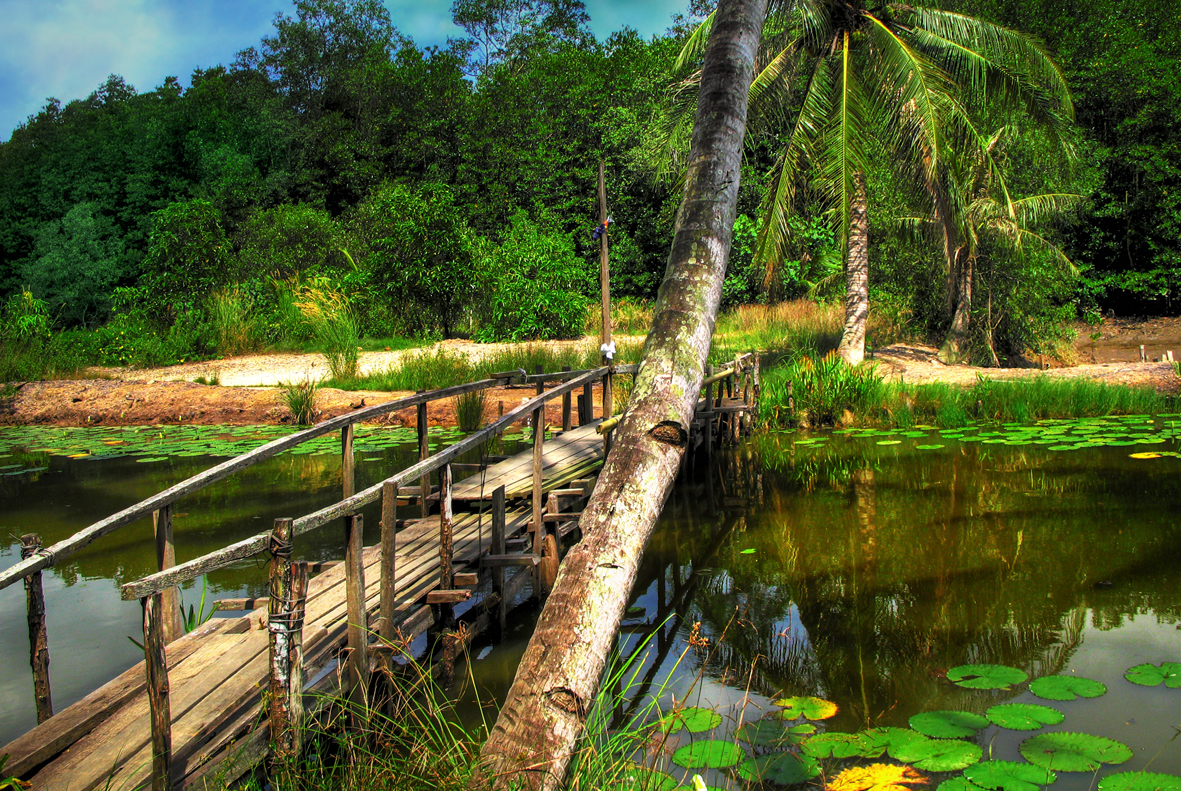
Home to Singapore’s last kampongs (traditional villages), Pulau Ubin is a true throwback to the “old” Singapore (which has a much deeper, richer cultural history than most people realise, stretching far beyond British colonisation in the early 1800s), complete with farming and fishing villages as well as provision shops (old-school convenience stores) which used to be a common feature of the mainland. Take a bumboat over to Pulau Ubin from Changi Point Ferry Terminal, then rent a bike when you get there and cycle to the Chek Jawa Wetlands.
(Lead image: Keiichi Tanaami: Birth and Death Bridge at Mizuma Gallery by Choo Chin Nian/Flickr)
Make Singapore a destination, not a stopover. Fly there with Qantas.
Sara Savage is a freelance writer, editor, broadcaster and jack-of-a-small-handful-of-trades currently based in Singapore after eight years spent living and working in Melbourne, Australia. She is originally from New Zealand and grew up in Singapore.


